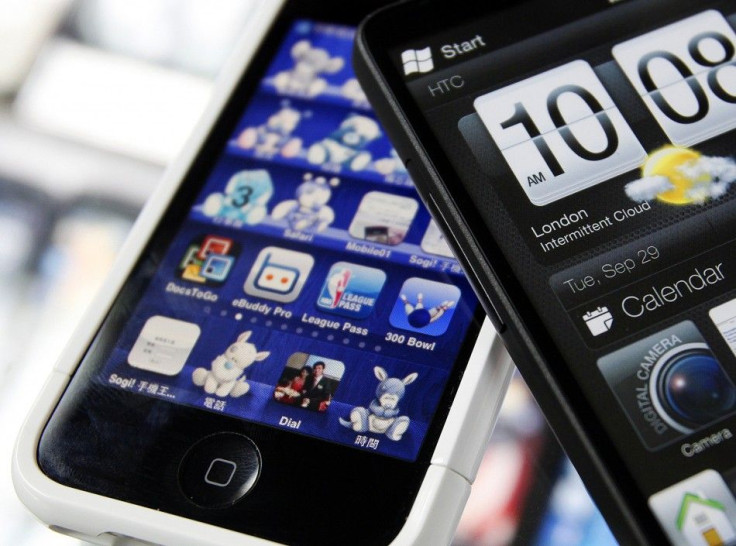Japan's Earthquake Impact on CommTech Firms (AAPL, NOK, RIMM, CSCO, JNPR, EMC, NTAP)

One of the largest earthquakes recorded in history struck Japan - the world's third largest economy - on Friday causing significant damage to life and property.
The 8.9-magnitude earthquake that struck Japan's Pacific Coast on Friday afternoon, triggered off a wave of destruction with a subsequent tsunami, besides fires and landslides.
Since, Japan is one of the world's largest economies, it is said that business activities of some of the U.S. communication technology (CommTech) companies could be disrupted in near term.
Also, global activity could be compromised as Japan is a key supply chain and component supplier in many technology areas.
We expect the earthquake to potentially have a negative near-term impact on CommTech vendors directly or through their supply chains. While supply-chain hurdles are likely to be mitigated in a short time, and network spend could rise later on, Japan's government spending could be impaired for some time as budgets are focused on recovery, Oppenheimer analyst Ittai Kidron wrote in a note to clients.
Kidron highlights several ways the Japan's earthquake could impact communication technology companies.
Handsets: The analyst said Japan represents about 2-3 percent of the demand for handsets, though most of the market is served by local vendors (85 percent plus share). Nokia (NYSE: NOK), Research In Motion (NASDAQ: RIMM) and Motorola Mobility (NYSE: MMI).
Among the handset makers, Apple and Sony Ericsson have high single-digit shipping exposure to Japan, with LG and Samsung having low single-digit share and Motorola Mobility have negligible shipment exposure.
For chipmakers, average selling prices (ASPs) of devices could come under pressure as Japan handsets typically carry above-average ASPs. In fiscal 2010, 9 percent of chipmaker Qualcomm's sales were from Japanese customers comprising royalties and chipset sales. About 5 percent of its royalty-bearing devices are from Japan.
Supply Chain: Japanese vendors are involved in all aspects of the technology supply chain including raw materials, flexible-PCBs, passives/filters, RF, memory and other semiconductors, displays, although production is both domestic and spread out internationally.
Kidron said most of his coverage universe's handset OEMs' direct exposure is modest (Nokia sources 10-15 percent of its COGS from Japan), but the threat of production bottlenecks from just one or two key components going on allocation or from expanding lead times is possible.
Networking: Most networking vendors have exposure to Japan including Cisco (NASDAQ: CSCO), Juniper Networks (NYSE: JNPR) and F5 Networks (NASDAQ: FFIV). These companies generate about 2-7 percent of their revenue from Japan. Furthermore, margins in Japan are typically greater than average and the March quarter is typically a seasonally strong spending quarter as it's the local fiscal year-end.
These factors could compound the situation near term, though damage to networks could make for higher spending down the road, Kidron said.
Storage. The analyst sees only a mute impact on EMC (NYSE: EMC) and NetApp (NASDAQ: NTAP) as the storage market in Japan is largely dominated by Japanese vendors such as HDS, Fujitsu and others. That said, both EMC and NetApp has some minimal exposure (APAC is about 10 percent of revenue for both) that could come under pressure.
© Copyright IBTimes 2024. All rights reserved.





















